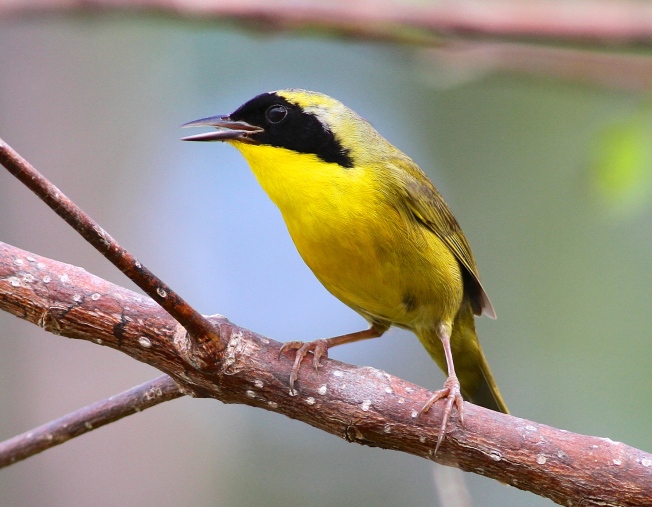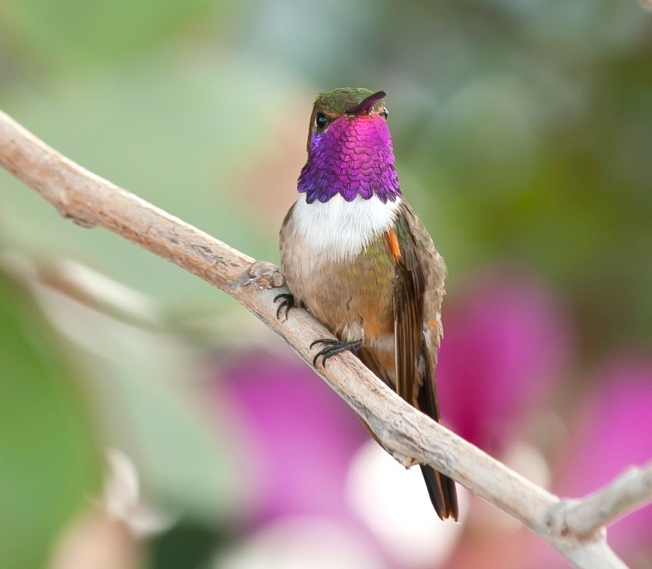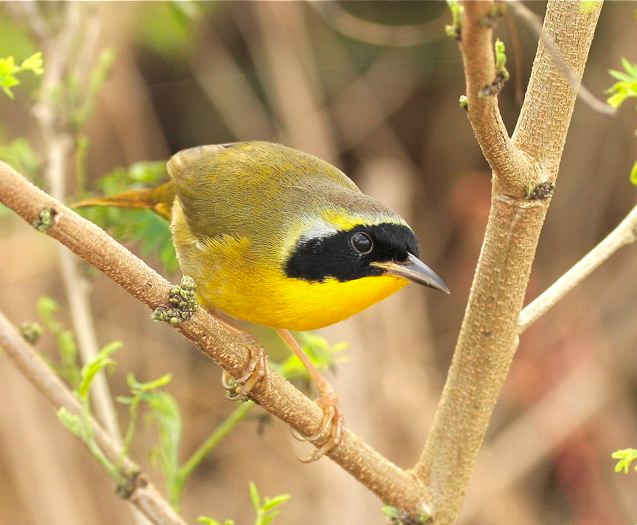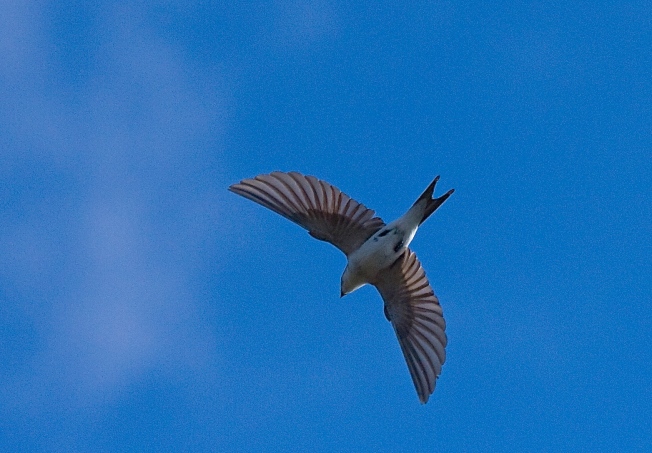FIVE STARS: BAHAMAS ENDEMIC BIRDS (FOUR FROM ABACO)
The Caribbean Endemic Bird Festival is underway. You can find out more on the CARIBBEAN BIRDS FESTIVALS Facebook page. Abaco is fortunate to be home to 4 of the 5 endemic Bahamas species. The fifth, the beautiful BAHAMA ORIOLE Icterus northropi, was found on both Abaco and Andros until the 1990s, when it sadly became extirpated from Abaco. Now found only on Andros, there are thought to be fewer than 300 Orioles left – a barely sustainable number. The species is unsurprisingly IUCN listed as critically endangered. Here’s a picture of one as a reminder of what Abaco is now missing…
Abaco’s four endemic species are the tiny Bahama Woodstar hummingbird, the Bahama Yellowthroat, the Bahama Warbler (since 2011), and the Bahama Swallow. All are of course permanent breeding residents on Abaco and its outer Cays. None is exclusive to Abaco; all are relatively plentiful. The Woodstar is perhaps the hardest to find, not least because it competes territorially with the Cuban Emerald hummingbird. Even Woodstars can be found easily in some areas – Man-o-War Cay is a good place for them, for example. Here are some striking images of these four endemic bird species taken from the archives for “The Birds of Abaco” published last month.
BAHAMA WOODSTAR Calliphlox evelynae
BAHAMA YELLOWTHROAT Geothlypis rostrata
BAHAMA WARBLER Setophaga flavescens
BAHAMA SWALLOW Tachycineta cyaneoviridis
“The Delphi Club Guide to the Birds of Abaco” was published as limited edition of 500 and has only been for sale for 8 weeks or so exclusively through the Delphi Club. Yesterday, we passed a happy milestone in that short time as the 250th copy was sold. Complimentary copies have also been donated to every school and relevant education department on Abaco to tie in with the excellent policy of teaching children from an early age the value of the natural world around them, the importance of its ecology, and the need for its conservation. The cover bird for the book was easy to choose – it just had to be a male Woodstar in all his glory with his splendid purple ‘gorget’.
Image credits as shown; otherwise, ‘cover bird’ by Tom Sheley, Bahama Oriole from Wiki and CEBF flyer from the Bahamas National Trust














I Love the photos of all the tiny birds, they are hard to capture, they move so fast. Amazing colors, especially the purple neck guys !!
Love All your posts… full of details, facts.. so much we can learn, thanks for taking so much time to make us more informed.
LikeLiked by 1 person
Hi Holly. You sound really enthusiastic! Just what a blog person likes to hear! Very kind. As for ‘purple neck guys’, why can’t all birds be so descriptively named – I like black & white warblers for that very reason…
LikeLike
Pingback: Bahamas dolphin brings back drowned cellphone to dancer | Dear Kitty. Some blog
Pingback: COMMON YELLOWTHROATS ON ABACO | THE BIRDS OF ABACO
Smashing collection of happymaking birds. Those colours are unbelievable!
Dina
LikeLike
Thanks Dina. Happymaking is exactly right – they make you smile to watch them…
LikeLike
What a tremendous array of colorful birds you folks have! Outstanding!
LikeLike
Some of them certainly brighten up the day! The yellow birds tend to be very vivid. But we have no alligators, Phil (though the remains of prehistoric crocodiles are occasionally found!). RH
LikeLike
A beautiful oriole is visiting The Holler but he is so skittish, I have only shot him so far through the glass. Gorgeous shots~
LikeLike
Beautiful, aren’t they? We also get your Baltimore version visiting the Northern Bahamas. But Abaco is losing iconic birds – the Bahama Oriole, and also the Great Lizard Cuckoo, both in the last 20 years. Flamingos and Spoonbills, once plentiful as breeding populations, are extremely rare visitors these days. Sad but (I suppose) inevitable… RH
LikeLike